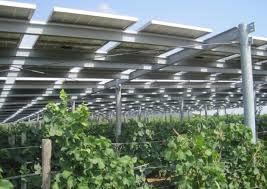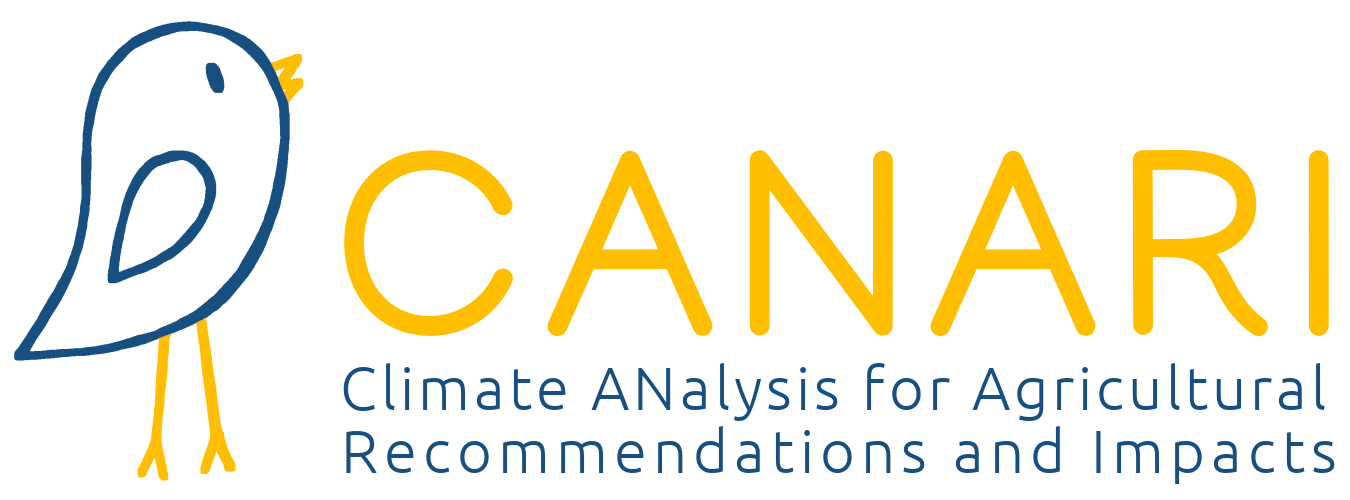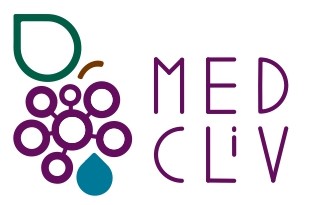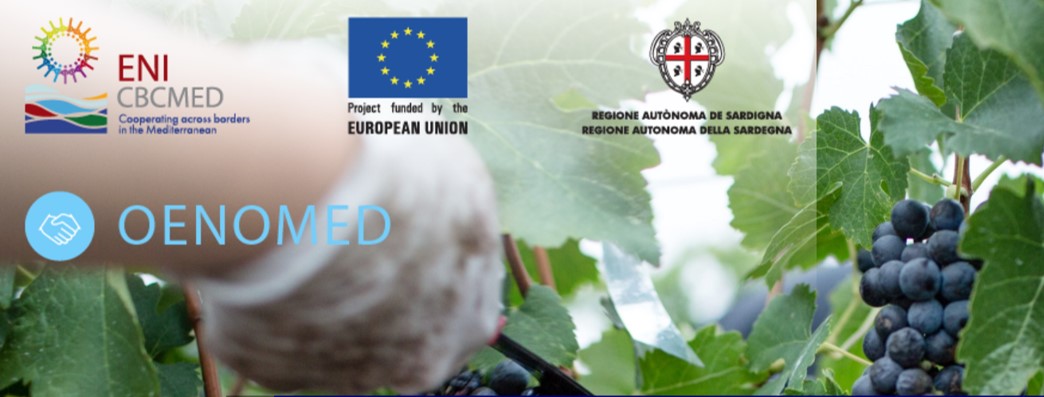Instruments for climate change mitigation and / or adaptation

Public policies can assist the sector in facing the climate change challenges.
There are different motivations to do so according the challenges:
- GHG emission reduction is a societal challenge as cost of emissions (climate change impact) is not supported directly by those who emit. Economists say the costs are not internalized: those who emit do not support the consequences and have no direct incentives to do so. As the reduction of social (total) cost of GHG emissions is a priority (e.g. Paris Agreement), states incentivize emitters to reduce their emissions to ensure countries reach their objective of carbon mitigation: the aim is that these incentives cover the abatement cost (mitigation cost of GHG emissions). As such the companies that have the lowest abatement costs have interest in engaging with the instrument and reduce their emissions. The challenge of properly dimensioning these instruments is important because of information asymmetries (the company knows their abatement cost but not the state).
- adaptation efforts at the farm or company level should yield positive effects on the company and, unlike the mitigation case, the owners should be willing to undertake some adaptation efforts with positive returns. However, cost of adaptation might be higher than expected benefits; also some might not be aware of the cost of climate change without adaptation or do not care or have no financial options to invest in adaptation. In all cases the costs and, particularly the benefits of adaptation might be uncertain as are the climate change impacts in the future. External incentives are thus required if adaptation efforts are to largely adopted. The rational for public intervention is that the resilience of the sector is of public interest for economic but also landscape or patrimonial reasons and values.
These incentives might take different forms and types of instruments:
- Normative instruments such as emission quotas (e.g per hl wine or per ha)
- Economic instruments
- Subsidies (“carrots”)
- Taxes or fees (“stick”) e.g. carbon tax
- Market instruments
- g. Certificate of energy savings that winery can apply for
- Contracts or voluntary instruments
- g. Agro-environmental & climatic measures of the CAP
- g. set-aside volumes for wine producers (“volumes complémentaires individuels”
- Other instruments: e.g. nudging which is encouraging indirectly someone to adopt a behaviour by giving him evidence of someone else's actions
Author: Nina Graveline
Please contact@vineas.net if you would like to contribute
Σχέσεις
- Δίκτυο
- Λίστα
- Γεωτοποθεσία
- Περισσότερα
Face aux risques de sécheresse, à l’excès de précipitations ou au gel, les agriculteurs ont désormais gratuitement accès à CANARI : une application web open source de visualisation d'indicateurs agroclimatiques qui calcule instantanément des projections climatiques jusqu’à 2100.
- Περισσότερα
INRAE - Institut national de recherche en agriculture, alimentation et environnement
INRAE, l’Institut national de recherche en agriculture, alimentation et environnement est né le 1er janvier 2020. Il est issu de la fusion entre l’Inra et Irstea
- Περισσότερα
MEDCLIV (Μεσογειακό κλίμα αμπέλου και οικοσυστήματος οίνου)
Το έργο MEDCLIV στοχεύει να υποστηρίξει και να πολλαπλασιάσει τη συν-κατασκευή διαδρομών προσαρμογής του αμπελοοινικού τομέα στην κλιματική αλλαγή, μέσω τοπικών συμμετοχικών εργαστηρίων σε αρκετές μεσογειακές χώρες.
- Περισσότερα
OENOMED
Qualification et Promotion des filières viti-vinicoles des Aires Protégées de la Méditerranée





